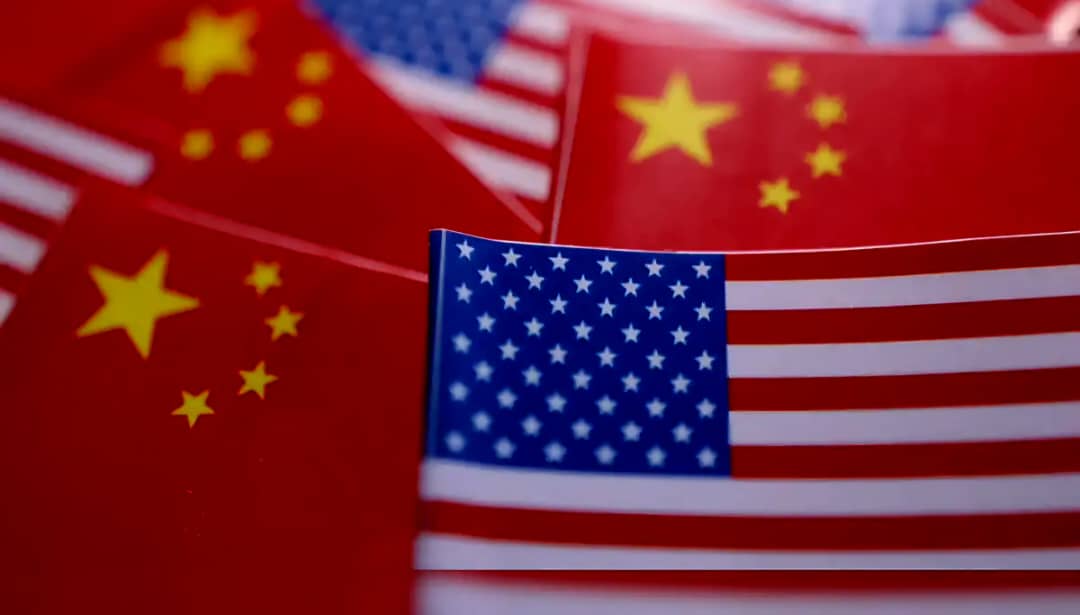US considers adjusting port fee plan for Chinese vessels after industry pushback

In a move that could reshape economic relations, the Trump administration is reevaluating its plan to impose hefty fees on vessels linked to China navigating U.S. ports. This reconsideration follows an outpouring of criticism from various industries that have warned such fees could wreak havoc on the economy. According to six sources familiar with the matter, changes being contemplated include delaying the fee's implementation and adjusting the structure to lessen the financial burden for visiting Chinese ships.
These sources, who spoke on the condition of anonymity due to the delicate nature of the discussions, suggest that the administration acknowledges the significant pushback from affected sectors. The White House, along with the Office of the U.S. Trade Representative (USTR)—the government body responsible for drafting the fee proposal—did not return requests for comment regarding these developments.
During a recent U.S. Senate Finance Committee hearing, USTR Jamieson Greer indicated that not all proposed multimillion-dollar fees for docking Chinese-built vessels would be enforced, and suggested the fees may not be cumulative. This remark highlights the administration's potential willingness to adapt its strategy in response to stakeholder feedback.
The proposed fees could exceed $3 million per port call for vessels linked to China, a hefty price tag that has raised alarms among various industries concerned about the implications for trade and supply chains. This fee structure emerged after a comprehensive investigation into China's maritime sector and its development initiatives, a review that began in April 2024.
As the administration weighs its options, it finds itself at a crossroads, balancing national interests with the economic realities affecting businesses tied to international trade. The outcome of this reconsideration will likely have significant implications for both U.S.-China relations and the future of maritime commerce in American ports.
















0 Comment(s)